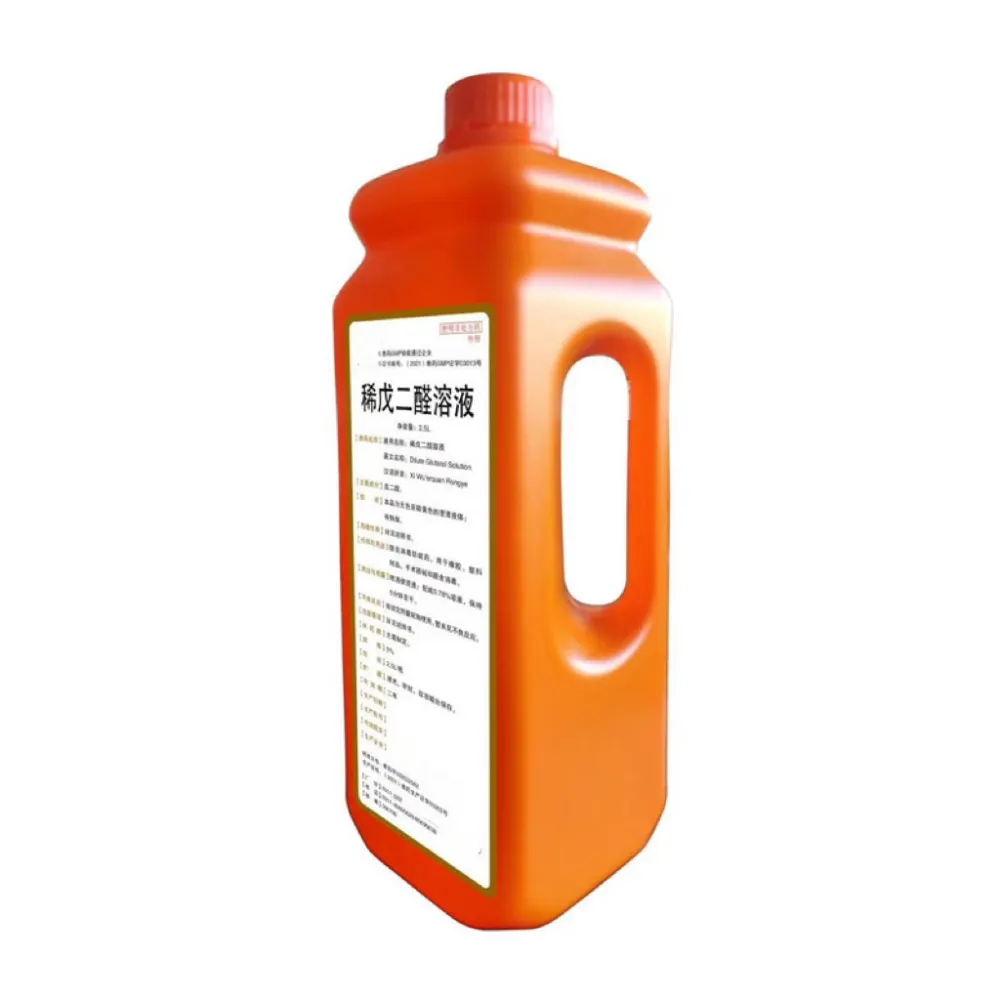- Afrikaans
- Albanian
- Amharic
- Arabic
- Armenian
- Azerbaijani
- Basque
- Belarusian
- Bengali
- Bosnian
- Bulgarian
- Catalan
- Cebuano
- Corsican
- Croatian
- Czech
- Danish
- Dutch
- English
- Esperanto
- Estonian
- Finnish
- French
- Frisian
- Galician
- Georgian
- German
- Greek
- Gujarati
- Haitian Creole
- hausa
- hawaiian
- Hebrew
- Hindi
- Miao
- Hungarian
- Icelandic
- igbo
- Indonesian
- irish
- Italian
- Japanese
- Javanese
- Kannada
- kazakh
- Khmer
- Rwandese
- Korean
- Kurdish
- Kyrgyz
- Lao
- Latin
- Latvian
- Lithuanian
- Luxembourgish
- Macedonian
- Malgashi
- Malay
- Malayalam
- Maltese
- Maori
- Marathi
- Mongolian
- Myanmar
- Nepali
- Norwegian
- Norwegian
- Occitan
- Pashto
- Persian
- Polish
- Portuguese
- Punjabi
- Romanian
- Russian
- Samoan
- Scottish Gaelic
- Serbian
- Sesotho
- Shona
- Sindhi
- Sinhala
- Slovak
- Slovenian
- Somali
- Spanish
- Sundanese
- Swahili
- Swedish
- Tagalog
- Tajik
- Tamil
- Tatar
- Telugu
- Thai
- Turkish
- Turkmen
- Ukrainian
- Urdu
- Uighur
- Uzbek
- Vietnamese
- Welsh
- Bantu
- Yiddish
- Yoruba
- Zulu
Dec . 07, 2024 16:18 Back to list
ivermectin injection veterinary
Ivermectin Injection in Veterinary Medicine Applications and Considerations
Ivermectin is an anthelmintic drug that has gained significant attention in both human and veterinary medicine since its discovery. Originally developed for the treatment of human filarial diseases, its application in animals—particularly in veterinary settings—has proven to be substantial, given its effectiveness against a wide range of parasites.
Mechanism of Action
Ivermectin belongs to the avermectin family of compounds, which are produced by the bacterium *Streptomyces avermitilis*. Its mechanism of action involves binding to specific channels in the nerve and muscle cells of parasites, leading to paralysis and death. Ivermectin enhances the inhibitory neurotransmission processes, specifically through gamma-aminobutyric acid (GABA) receptors and glutamate-gated chloride channels, causing hyperpolarization of the cell membranes. This results in the loss of muscle function and eventual death of the parasites, thus rendering it effective against various ectoparasites like lice, mites, and endoparasites, including roundworms and hookworms.
Common Uses in Veterinary Medicine
Ivermectin injections are widely used in veterinary medicine for treating infections caused by a variety of parasites in livestock and pets. In cattle, for instance, ivermectin is commonly employed to manage infestations of gastrointestinal nematodes, lungworms, and ectoparasites such as lice and mange. For equines, it is effective against strongyles, ascarids, and bots, making it a staple in equine parasite management programs.
In small animals, particularly dogs and cats, ivermectin is employed to treat certain types of mites, such as Sarcoptes and Demodex, as well as heartworm disease. This latter application is particularly noteworthy, as heartworm disease—a serious and potentially fatal condition—can be efficiently managed with appropriate ivermectin dosages.
ivermectin injection veterinary

Administration and Dosage
Ivermectin is available in various formulations, including oral tablets, topical solutions, and injectable forms. The injectable formulation is commonly preferred for larger animals, providing a rapid and effective means of delivering the medication directly into the bloodstream. The dosage varies depending on the species, the target parasite, and the severity of the infestation. It is crucial for veterinarians to adhere to established treatment guidelines to prevent underdosing, which can lead to treatment failure, or overdosing, which may result in toxicity.
Safety and Precautions
While ivermectin is generally well-tolerated, certain precautions must be taken. Some breeds of dogs, particularly Collies and similar herding breeds, are known to have a genetic mutation affecting the transport of ivermectin across the blood-brain barrier, making them susceptible to toxicity even at standard doses. Symptoms of ivermectin toxicity can include lethargy, vomiting, tremors, and in severe cases, seizures or coma. Vets must exercise caution and avoid using ivermectin in these susceptible breeds unless they are well aware of the risks.
Additionally, while ivermectin is effective against many parasites, resistance is a growing concern in veterinary parasitology. Over-reliance on ivermectin and other anthelmintics can lead to increased resistance among parasite populations. As such, rotating treatments and employing integrated pest management strategies are important practices in the long-term control of parasitic infections.
Conclusion
Ivermectin injection has become an integral part of veterinary medicine, providing effective treatment for various parasitic infections in animals. Its accessibility and efficacy make it a reliable choice in managing these ubiquitous health challenges. However, careful consideration regarding its use—taking into account breed susceptibility, dosage accuracy, and resistance issues—remains essential for optimal outcomes. The ongoing evaluation of ivermectin's role will ensure that it continues to serve as a key component in veterinary therapeutics, contributing to the overall health and welfare of animal populations.
-
Guide to Oxytetracycline Injection
NewsMar.27,2025
-
Guide to Colistin Sulphate
NewsMar.27,2025
-
Gentamicin Sulfate: Uses, Price, And Key Information
NewsMar.27,2025
-
Enrofloxacin Injection: Uses, Price, And Supplier Information
NewsMar.27,2025
-
Dexamethasone Sodium Phosphate Injection: Uses, Price, And Key Information
NewsMar.27,2025
-
Albendazole Tablet: Uses, Dosage, Cost, And Key Information
NewsMar.27,2025













